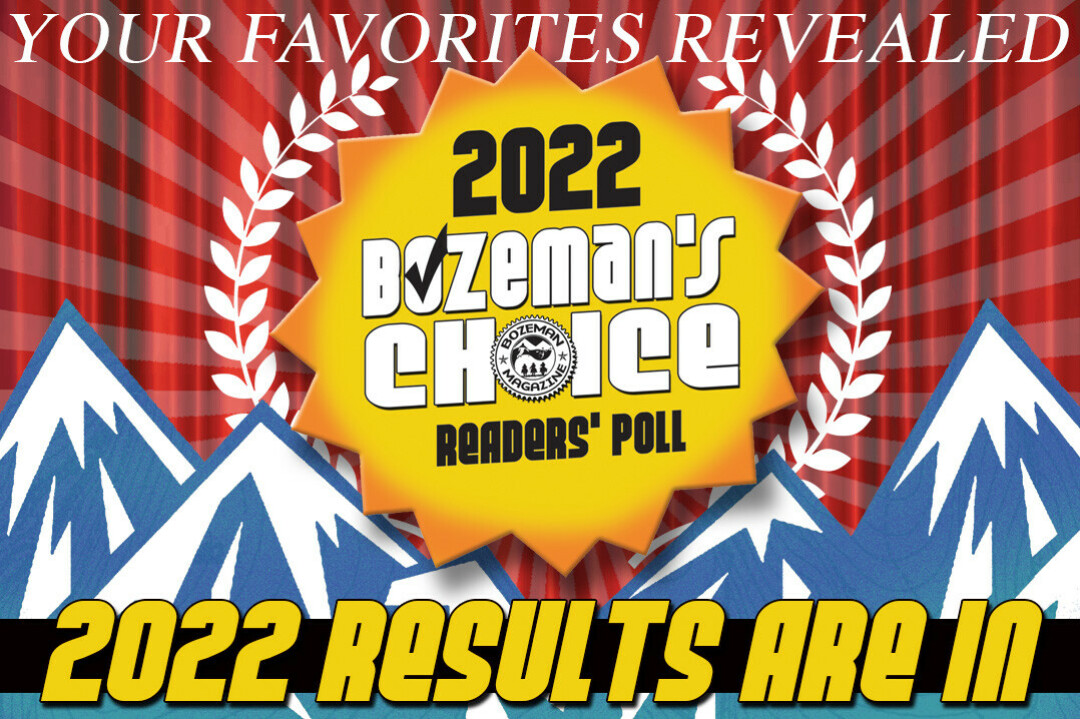A New and Revolutionary Adaptation of The Mikado will Delight in February
Intermountain Opera Bozeman (IOB) presents, The Montana Mikado, a side-splitting adaptation of Gilbert & Sullivan’s The Mikado at The Ellen Theater from February 4-13, 2022. With a brand-new libretto and direction by Bozeman’s own Soren Kisiel (Broad Comedy, Camp Equinox) paired with Sullivan’s original score, The Montana Mikado is a satirical romp that pokes loving fun at our own Boze-Angeles.
Artistic Director Michael Sakir brings a fully professional company together for just two weekends at the beautiful Ellen Theatre. Maestro Dean Williamson (music director at Nashville Opera) takes the podium with a bevy of dazzling singers supported by some of Bozeman’s best vocal and orchestral talents. The phenomenal cast made up of opera singers from around the country includes Quinn Bernegger, Abigail Paschke, Cristina Maria Castro, Joshua Jeremiah, Daveda Karanas, Daniel Klein, Karolina Pilou, and Benjamin Sieverding.
Says Susan Miler, IOB’s new general director, “The Montana Mikado answers the question: What if Gilbert and Sullivan were alive today? What would they write about? If they lived down Sourdough Road and hashed over plots at Dave’s Sushi – this is what they’d write.”
With a scenic design by Miguel Salazar, costumes by Alayna Rasile Digrindakis, Lighting Design by Spencer Perry, Properties by Faye Christensen, and Choreography by Karen Smith, The Montana Mikado is sure to delight.
Several educational opportunities surround the production. A free five-part webinar series, “How Do You Solve a Problem Like Mikado?” led by IOB board member and Asst. Professor at Southern Utah University, Sarah Allen, takes place Monday evenings between January 10- February 7. The series explains why IOB chose to bring this new production to the stage and aims to increase viewers’ awareness of the biases, stereotypes, and discrimination faced by Asian Americans today. To register, visit https://www.intermountainopera.org/the-montana-mikado-1. This series is co-presented by Bozeman Public Library.
A free lecture given by Peter Tillack, Chair of MSU’s Asian Studies program and Asst. Professor at MSU, “Dis-Locating the Orient, The Mikado Re-written for contemporary Montana” will be held on Thursday, January 27 at 7pm at the MSU Student Union Building, Ballroom A.
Special precautions are being taken to ensure the audience and the artists’ safety at each performance. Masks must be worn by all audience members and The Ellen Theatre will not be
"We want to eliminate every reference to Japan, change all the character and place names,
and make fun of our region.” Sakir says. “Take out the Japanese lords and school girls and
replace them with local Montanan hipsters, skiers, and ranchers. Adapting The Mikado in
this way not only addresses the problems of the original work, but offers a unique
opportunity to laugh with each other at a time when we desperately need that kind of levity.
selling concessions for the duration of the run. We thank all participants in advance for helping keep our artists and other audience members healthy!
The two production weekends are being sponsored by Thomas Scanlin and The Bank of Bozeman. Diane Brawner sponsors the 2021-22 IOB season. IOB is additionally supported by Doug & Jeanie Badenoch; The Gianforte Family Foundation; Chip & Lynn Rinehart; Drs. Anne & Dennis Wentz; Tim & Mary Barnard; and many other incredible donors, foundations, and businesses.
To buy tickets for The Montana Mikado, visit https://www.intermountainopera.org/the-montana- mikado.





News Comments
Thank you
Open Auditions for Annie
Monday, Sep. 16, 2024
I’m at the Bozeman airport where your painting, “Blowing East” is displayed. It’s absolutely gorgeous! Bravo, Marci!!
The Artists’ Gallery in Bozeman’s Emerson Cultural Center May Exhibits
Sunday, Jun. 30, 2024
This is so typical of a sign in, which we should not have to do to check if we or some one in our party got a permit. I have been working or "creating an account" for 30 minutes and just get the same ...
Smith River permit drawing results available
Sunday, Mar. 10, 2024
I have struggled with this podcast and my own participation therein, the event itself obviously traumatic, but beyond that my inability to reach anyone and convey anything resembling truth. The person ...
Billings, MT Case Becomes True Crime Podcast | 'An Absurd Result'
Marktokarski
Saturday, Jan. 20, 2024